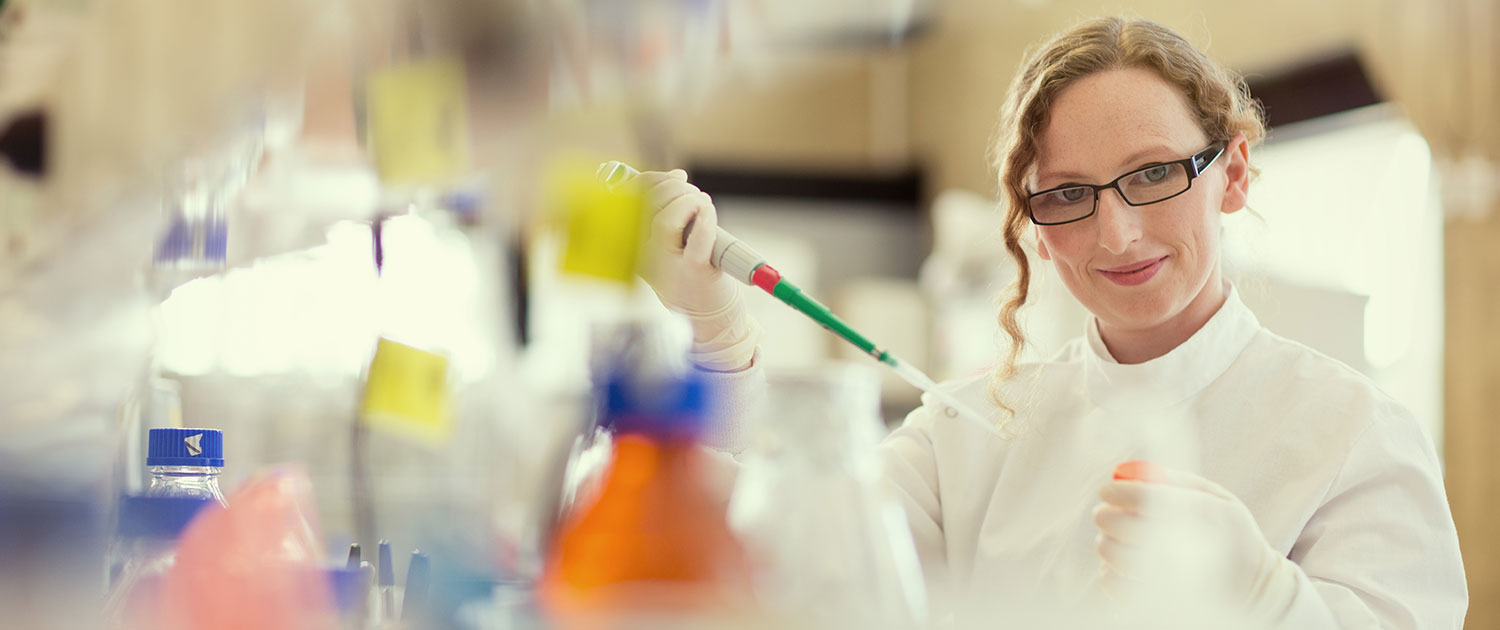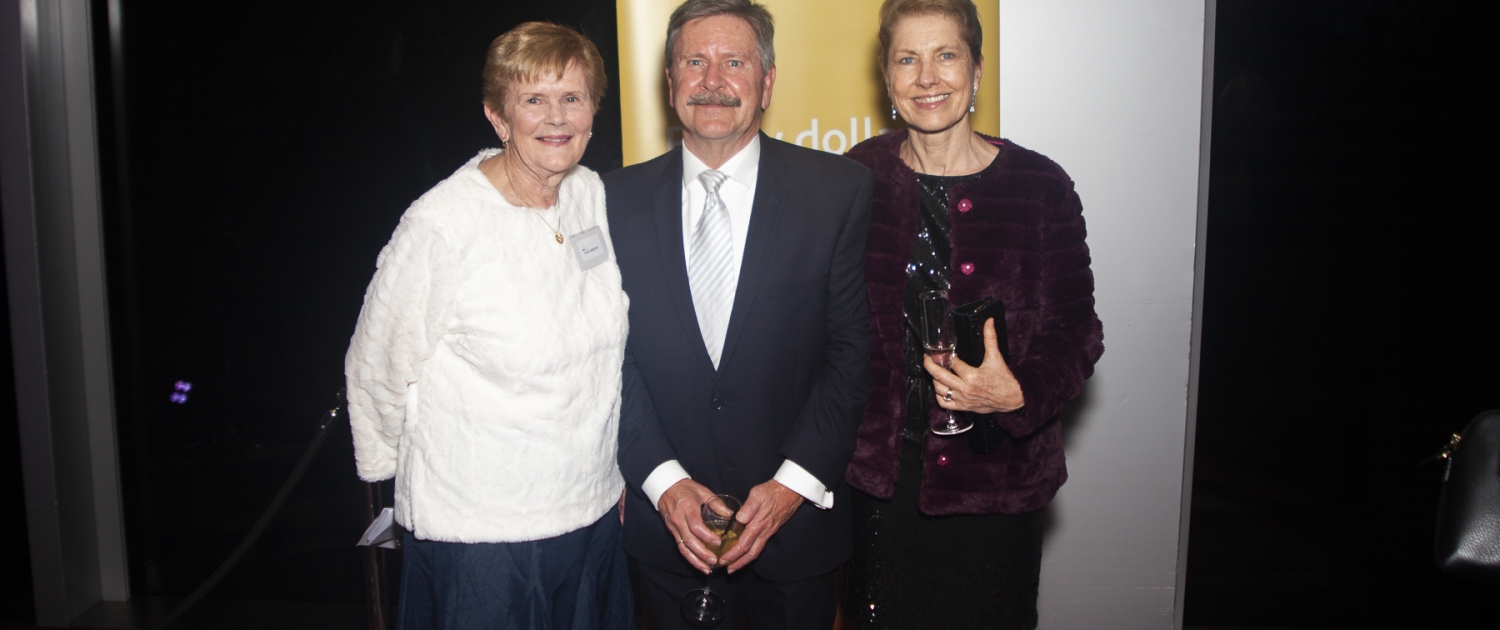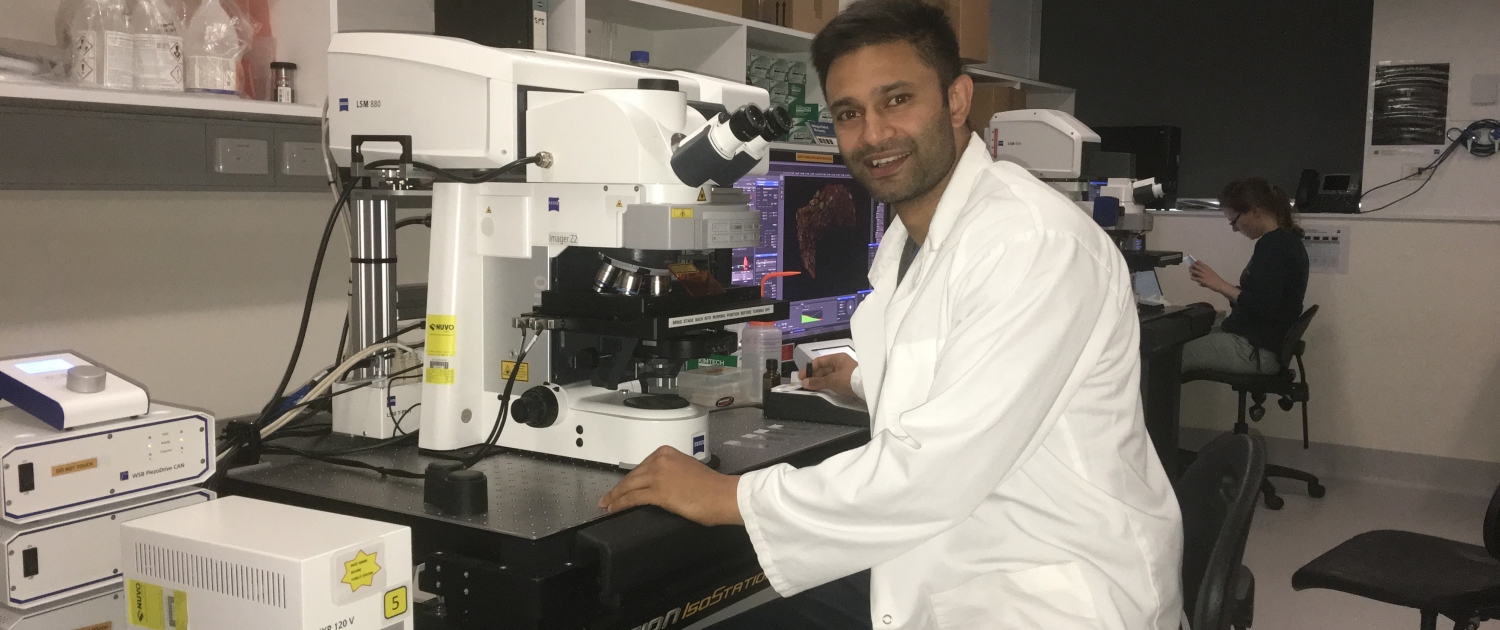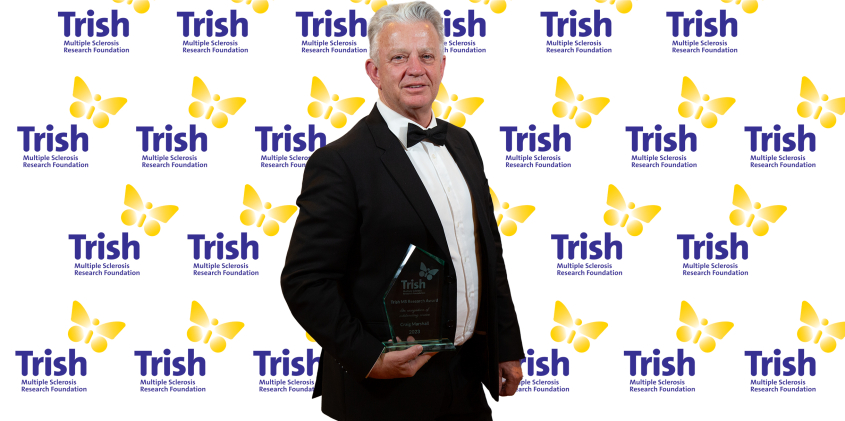 https://trishmsresearch.org.au/wp-content/uploads/2023/09/Craig.jpg
1213
2466
Trish MS Research Foundation
https://trishmsresearch.org.au/wp-content/uploads/2019/09/trishms_logo.png
Trish MS Research Foundation2023-09-26 08:40:312023-10-02 21:34:43Trish MS Research Award 2023
https://trishmsresearch.org.au/wp-content/uploads/2023/09/Craig.jpg
1213
2466
Trish MS Research Foundation
https://trishmsresearch.org.au/wp-content/uploads/2019/09/trishms_logo.png
Trish MS Research Foundation2023-09-26 08:40:312023-10-02 21:34:43Trish MS Research Award 2023About Us
The Foundation was established with the specific goal of finding a cure or preventive strategy for multiple sclerosis.
Research
EVERY dollar raised by the Foundation is placed into research undertaken by expert scientists.
Events
Assist us on our journey to eradicate this disease by attending one of our fantastic fundraising events.
Stay up to date
Latest News
 https://trishmsresearch.org.au/wp-content/uploads/2023/09/Craig.jpg
1213
2466
Trish MS Research Foundation
https://trishmsresearch.org.au/wp-content/uploads/2019/09/trishms_logo.png
Trish MS Research Foundation2023-09-26 08:40:312023-10-02 21:34:43Trish MS Research Award 2023
https://trishmsresearch.org.au/wp-content/uploads/2023/09/Craig.jpg
1213
2466
Trish MS Research Foundation
https://trishmsresearch.org.au/wp-content/uploads/2019/09/trishms_logo.png
Trish MS Research Foundation2023-09-26 08:40:312023-10-02 21:34:43Trish MS Research Award 2023
Significant support – THANK YOU
Thank you very much the Trustees of The Lady Fairfax Charitable…
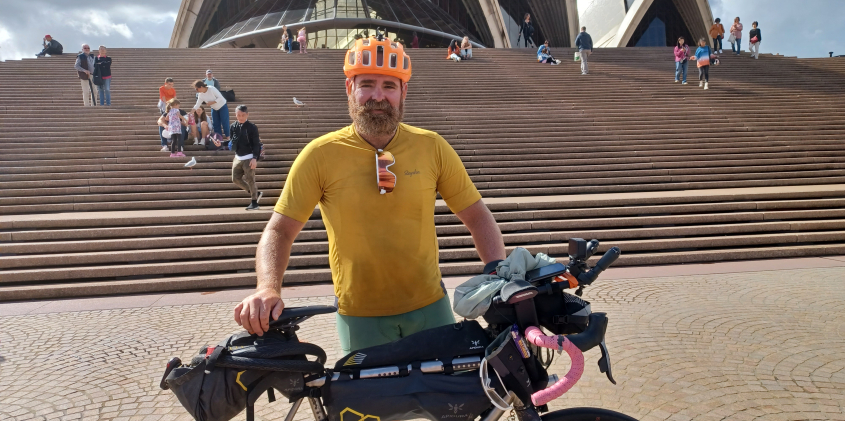
Mark’s Indian Pacific Wheel Race
Our volunteer team is honoured and extremely grateful to Mark…
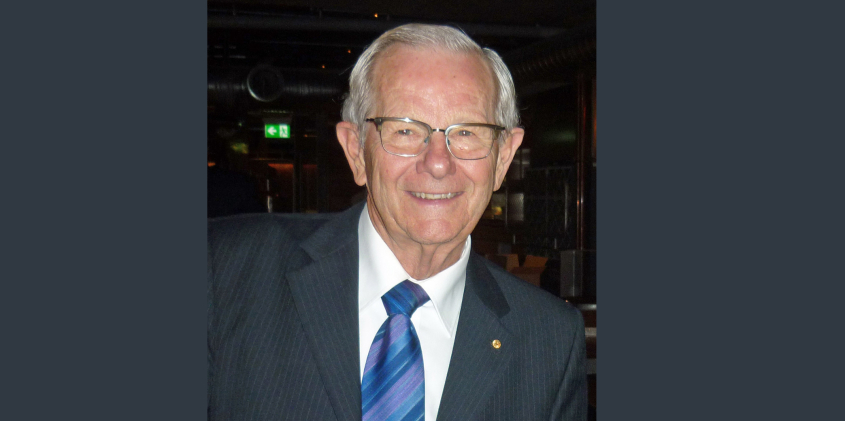
Rest in Peace Roy Langsford OAM
We are heartbroken to have lost our gentle, kind, caring Roy…
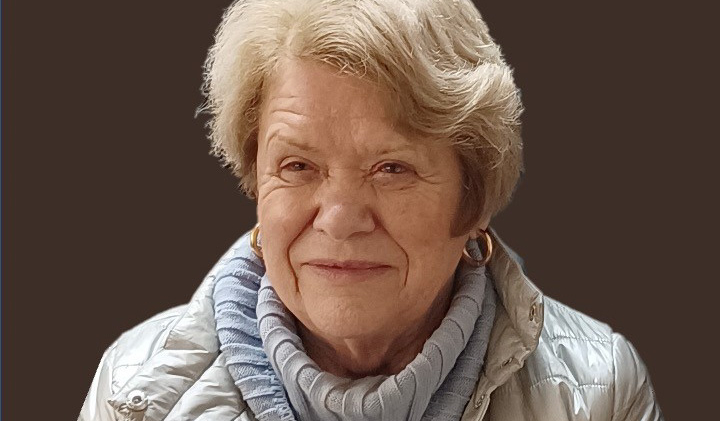
Congratulations and thank you Jenny
Since 2005, Jenny Comanos has served as a Director of the Trish…
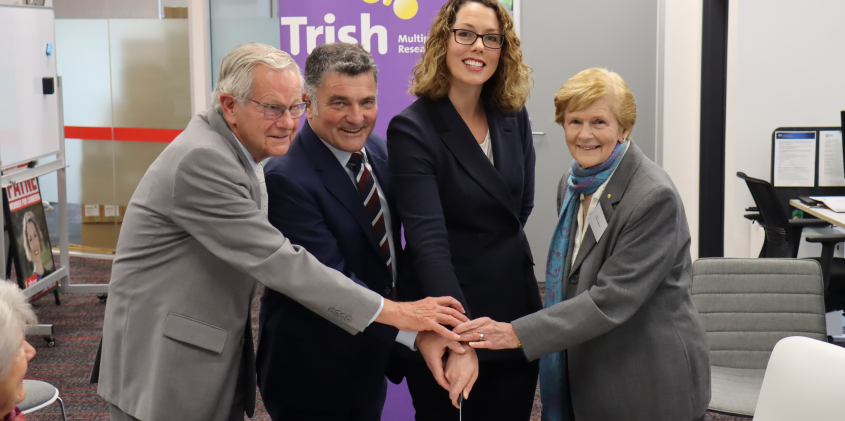
Launch of the Foundation’s Canberra Chapter
The Trish MS Research Foundation Canberra Chapter was launched…
Our Vision
Our vision is a world free of multiple sclerosis and that no special person should suffer or lose their life to this disease
Donate Now
Every dollar raised goes to research.
Contact Us
Post: PO Box 511, Collaroy Beach, NSW 2097
Mobile: 0410 410 491 or 0410 491 630
Email: info@trishmsresearch.org.au

